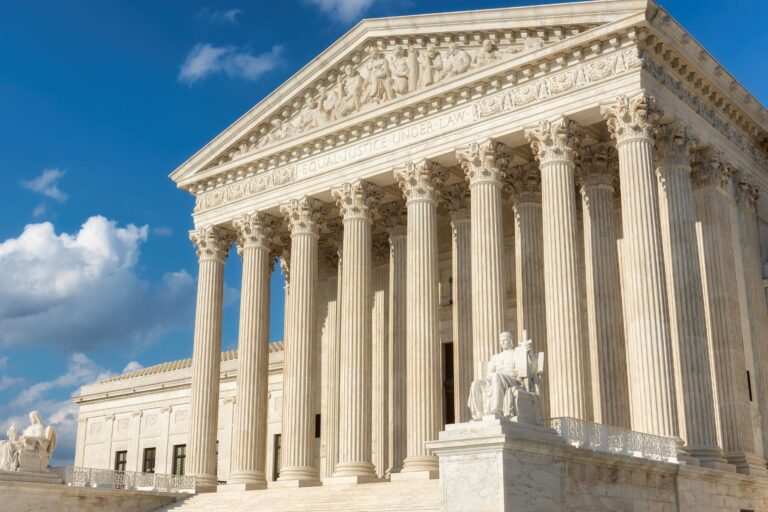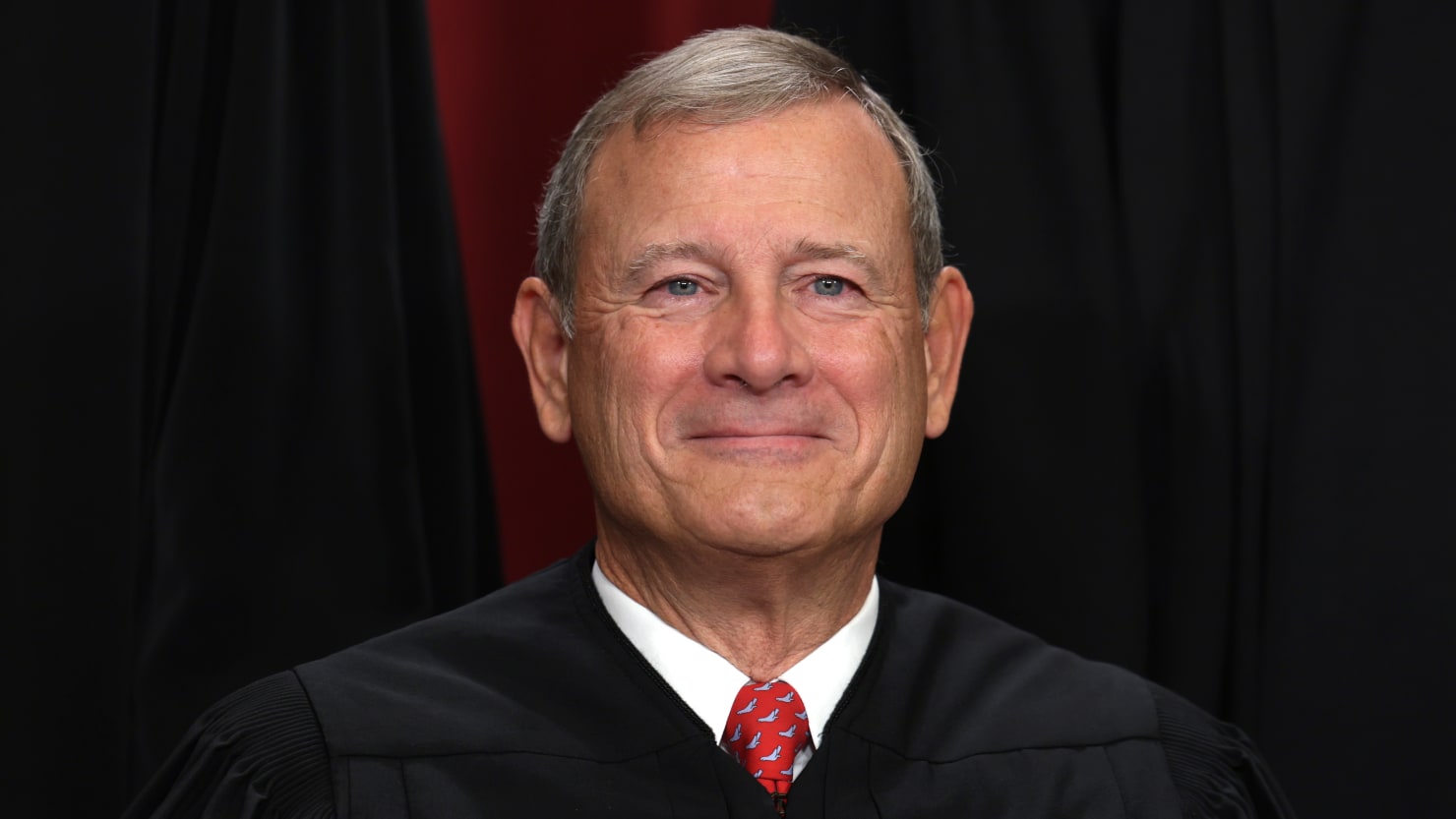Chevron’s Decision-Making Process

Chevron decision – Chevron’s decision-making process is a complex and multifaceted one, influenced by a wide range of factors. These factors include the company’s values, its business objectives, the regulatory environment in which it operates, and the expectations of its stakeholders.
The Chevron decision, a landmark Supreme Court ruling, established a framework for judicial deference to agency interpretations of ambiguous statutes. However, in the recent case of chevron vs nrdc overturned , the Court overturned this precedent, holding that agencies must now provide a “clear and convincing” justification for their interpretations.
This shift has significant implications for the Chevron decision, potentially limiting the scope of judicial deference and increasing the scrutiny of agency actions.
Risk assessment plays a critical role in Chevron’s decision-making process. The company uses a variety of risk assessment tools to identify and evaluate potential risks associated with its operations. These tools include qualitative risk assessments, quantitative risk assessments, and scenario planning.
The Chevron decision, a landmark ruling in environmental law, established a framework for judicial review of agency decisions. This framework, known as “Chevron deference,” requires courts to defer to an agency’s interpretation of a statute if it is reasonable and based on a permissible construction of the statute.
In Chevron v. NRDC , the Supreme Court applied this framework to an interpretation of the Clean Air Act by the Environmental Protection Agency (EPA). The Court’s decision upheld the EPA’s interpretation, finding that it was reasonable and based on a permissible construction of the statute.
Stakeholder engagement is also an important part of Chevron’s decision-making process. The company engages with a wide range of stakeholders, including employees, customers, suppliers, communities, and government agencies. Chevron uses stakeholder engagement to identify and understand the concerns of its stakeholders and to incorporate their feedback into its decision-making process.
The Chevron decision, a landmark case in administrative law, established the principle of judicial deference to agency interpretations of statutes. However, recent years have seen a growing trend of courts overturning Chevron , holding that agencies have exceeded their authority or acted arbitrarily and capriciously.
This shift reflects a growing skepticism of agency power and a desire for greater judicial oversight of administrative decision-making.
Examples of Chevron’s Decision-Making Process
Chevron has used its decision-making process to address a variety of challenges, including:
- The development of new energy technologies
- The management of environmental risks
- The应对climate change
In each of these cases, Chevron has used its decision-making process to identify and evaluate the risks and opportunities associated with its operations and to make decisions that are in the best interests of the company and its stakeholders.
Chevron’s Environmental Impact: Chevron Decision
Chevron Corporation, an American multinational energy corporation, engages in the exploration, production, and transportation of crude oil and natural gas. As with any large-scale industrial operation, Chevron’s activities have the potential to impact the environment. This analysis examines the environmental impact of Chevron’s operations, focusing on the specific environmental risks associated with its activities and the measures the company has taken to mitigate its environmental footprint.
Environmental Risks Associated with Chevron’s Activities
Chevron’s operations involve various activities that pose environmental risks, including:
- Oil and gas exploration and production: These activities can lead to air and water pollution, as well as habitat destruction.
- Transportation of oil and gas: The transportation of oil and gas by pipelines, tankers, and other means can result in spills and leaks, which can have devastating consequences for marine and coastal ecosystems.
- Refining of oil and gas: The refining process can generate air pollution, water pollution, and hazardous waste.
- Distribution and marketing of oil and gas: The distribution and marketing of oil and gas products can contribute to air pollution and greenhouse gas emissions.
Measures Taken by Chevron to Mitigate Environmental Impact
Chevron has implemented various measures to mitigate the environmental impact of its operations. These include:
- Investing in renewable energy: Chevron has invested in renewable energy sources such as solar and wind power to reduce its reliance on fossil fuels.
- Improving energy efficiency: Chevron has implemented energy efficiency measures in its operations to reduce its energy consumption and greenhouse gas emissions.
- Reducing emissions: Chevron has set targets to reduce its emissions of greenhouse gases, air pollutants, and water pollutants.
- Protecting biodiversity: Chevron has implemented programs to protect biodiversity and conserve natural habitats in the areas where it operates.
- Spills and leaks prevention: Chevron has implemented measures to prevent spills and leaks from its pipelines, tankers, and other facilities.
Chevron’s Social Impact

Chevron’s operations have had a significant social impact on the communities in which it operates. The company has contributed to local communities through various initiatives, including:
–
Education and Training
Chevron has invested in education and training programs to support local communities. The company has provided scholarships, built schools, and funded teacher training programs.
–
Healthcare
Chevron has also supported healthcare initiatives in local communities. The company has built and equipped hospitals and clinics, provided medical supplies, and funded health education programs.
–
Economic Development, Chevron decision
Chevron’s operations have created jobs and stimulated economic growth in local communities. The company has invested in infrastructure projects, such as roads and bridges, and has supported local businesses.
However, Chevron also faces challenges in balancing its social and economic responsibilities. The company has been criticized for its environmental record and its impact on indigenous communities. Chevron has also been accused of human rights abuses in some of the countries where it operates.
Despite these challenges, Chevron remains committed to social responsibility. The company has developed a set of social responsibility principles that guide its operations. Chevron also works with a variety of stakeholders, including local communities, NGOs, and governments, to ensure that its operations have a positive social impact.
The Chevron decision established the doctrine of deference to agency interpretations of ambiguous statutes. This doctrine is based on the principle of stare decisis, which holds that courts should follow established precedent. The Chevron decision has been criticized for undermining the role of the judiciary in interpreting statutes.
However, it has also been defended as a necessary tool for ensuring that agencies have the flexibility to implement complex statutes effectively. Stare decisis is a fundamental principle of the common law system, and it plays an important role in the Chevron decision.
The Chevron decision, a landmark Supreme Court ruling, established the principle of judicial deference to agency interpretations of statutes. This principle has been applied in various contexts, including the civil rights act , where courts have given deference to the Equal Employment Opportunity Commission’s interpretations of the law.
The Chevron decision continues to shape the relationship between courts and agencies in interpreting statutes, ensuring that agencies have the necessary flexibility to implement complex laws effectively.
